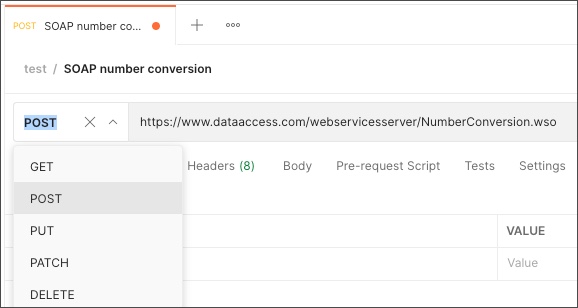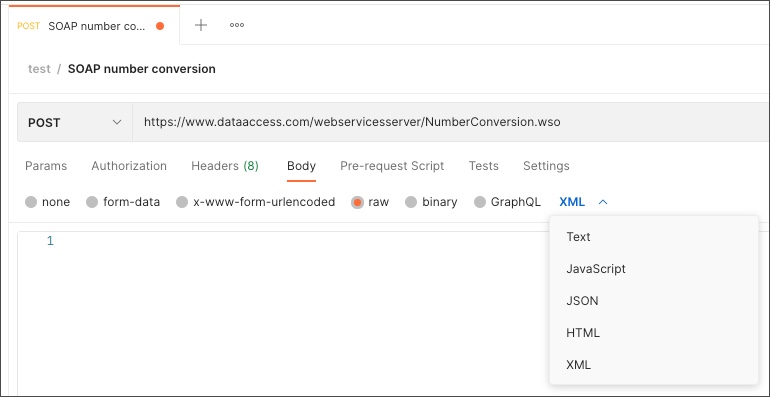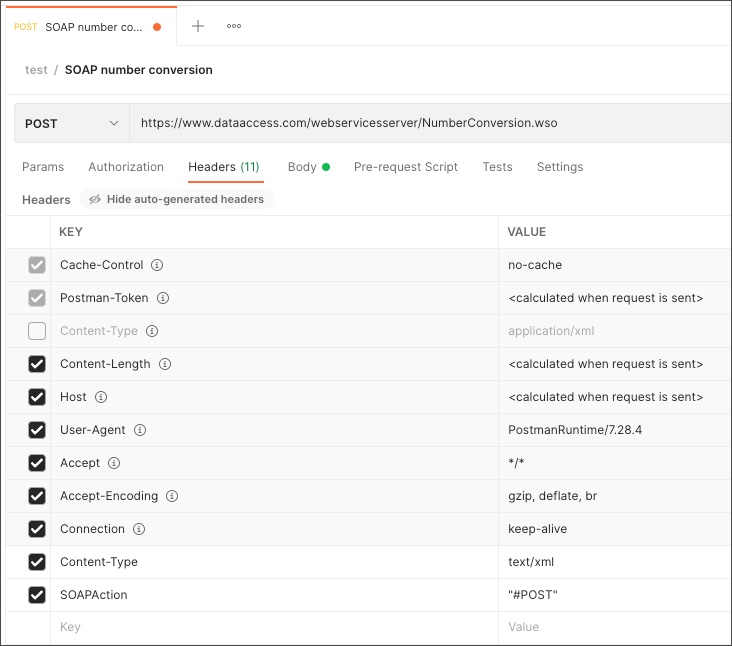dotnet add package BlazorPro.BlazorSize
Add a reference to the namespace in your _Imports.razor or at the top of a page.
@using BlazorPro.BlazorSize
In startup.cs register ResizeListener with the applications service collection.
services.AddMediaQueryService();
Add the MediaQueryList
Add a MediaQueryList to your application’s main layout or root. The MediaQueryList is responsible for communicating with all MediaQuery components in your app. The MediaQueryList component will consolidate redundant media queries and manage resources so that unused event listeners are disposed of properly.
<MediaQueryList>
<div class="sidebar">
<NavMenu />
</div>
<div class="main">
<div class="top-row px-4">
<a href="http://blazor.net" target="_blank" class="ml-md-auto">About</a>
</div>
<div class="content px-4">
@Body
</div>
</div>
</MediaQueryList>
Add a MediaQuery and bind
Using the @bind-Matches directive we can easily bind to a browser’s media query and respond to it.
@if (IsSmall)
{
<WeatherCards Data="forecasts"></WeatherCards>
}
else
{
<WeatherGrid Data="forecasts"></WeatherGrid>
}
@if (IsMedium)
{
<span>Medium</span>
}
<MediaQuery Media="@Breakpoints.OnlyMedium" @bind-Matches="IsMedium" />
<MediaQuery Media="@Breakpoints.SmallDown" @bind-Matches="IsSmall" />
@code {
WeatherForecast[] forecasts;
bool IsMedium = false;
bool IsSmall = false;
protected override async Task OnInitializedAsync()
{
forecasts = await Http.GetFromJsonAsync<WeatherForecast[]>("sample-data/weather.json");
}
}
No-Code Templates
The MediaQuery component can also use templates instead of the @bind directive. Templates are useful for swapping out UI bits when the screen size changes.
<MediaQuery Media="@Breakpoints.SmallDown">
<Matched>
<WeatherCards Data="forecasts"></WeatherCards>
</Matched>
<Unmatched>
<WeatherGrid Data="forecasts"></WeatherGrid>
</Unmatched>
</MediaQuery>
Helpers
Common media queries are already included as helpers to keep you out of the Bootstrap docs. Stay in your code longer and write cleaner statements too!
/// @media(min-width: 576px) { ... }
/// Small devices (landscape phones, 576px and up)
IsSmallUpMedia = await listener.MatchMedia(Breakpoints.SmallUp);
/// @media(min-width: 768px) { ... }
/// Medium devices (tablets, 768px and up)
IsMediumUpMedia = await listener.MatchMedia(Breakpoints.MediumUp);
// Large devices (desktops, 992px and up)
/// @media(min-width: 992px) { ... }
IsLargeUpMedia = await listener.MatchMedia(Breakpoints.LargeUp);
/// Extra large devices (large desktops, 1200px and up)
/// @media(min-width: 1200px) { ... }
IsXLargeUpMedia = await listener.MatchMedia(Breakpoints.XLargeUp);
/// Extra small devices (portrait phones, less than 576px)
/// @media(max-width: 575.98px) { ... }
IsXSmallDown = await listener.MatchMedia(Breakpoints.XSmallDown);
/// Small devices (landscape phones, less than 768px)
/// @media(max-width: 767.98px) { ... }
IsSmallDown = = await listener.MatchMedia(Breakpoints.SmallDown);
/// Medium devices (tablets, less than 992px)
/// @media(max-width: 991.98px) { ... }
IsMediumDown = = await listener.MatchMedia(Breakpoints.MediumDown);
/// Large devices (desktops, less than 1200px)
/// @media(max-width: 1199.98px) { ... }
LargeDown = = await listener.MatchMedia(Breakpoints.LargeDown);
/// Small devices (landscape phones, 576px and up)
/// @media(min-width: 576px) and(max-width: 767.98px) { ... }
IsSmallOnly = = await listener.MatchMedia(Breakpoints.OnlySmall);
/// Medium devices (tablets, 768px and up)
/// @media(min-width: 768px) and(max-width: 991.98px) { ... }
IsMediumOnly = = await listener.MatchMedia(Breakpoints.OnlyMedium);
/// Large devices (desktops, 992px and up)
/// @media(min-width: 992px) and(max-width: 1199.98px) { ... }
IsOnlyLarge = = await listener.MatchMedia(Breakpoints.OnlyLarge);
/// <summary>
/// Combines two media queries with the `and` keyword.
/// Values must include parenthesis.
/// Ex: (min-width: 992px) and (max-width: 1199.98px)
Breakpoints.Between(string min, string max)
Example:
string BetweenMediumAndLargeOnly => Breakpoints.Between(Breakpoints.MediumUp, Breakpoints.LargeDown);
// out: "(min-width: 768px) and (max-width: 1199.98px)"
IsBetweenMediumAndLargeOnly = await listener.MatchMedia(BetweenMediumAndLargeOnly);
Listening for the Resize event
The ResizeListener is a service that allows your application to listen for the browser’s resize event. The ResizeListener is a throttled to improve performance and can be adjusted thru configuration. If you only need to respond the user’s device or screen size the MediaQueryList & MediaQuery components provide a more performant experience.
Configure DI
In startup.cs register ResizeListener with the applications service collection.
services.AddScoped<ResizeListener>();
//services.AddResizeListener(options =>
// {
// options.ReportRate = 300;
// options.EnableLogging = true;
// options.SuppressInitEvent = true;
// });
Usage
This example shows how to get the browsers width/height and check for media query matches. Depending on the matched media query the view can toggle between two components WeatherGrid or WeatherCards.
@inject IResizeListener listener
@implements IDisposable
@page "/fetchdata"
@using BlazorSize.Example.Data
@inject WeatherForecastService ForecastService
<h1>Weather forecast</h1>
<p>This component demonstrates adaptive rendering of a Blazor UI.</p>
<h3>Height: @browser.Height</h3>
<h3>Width: @browser.Width</h3>
<h3>MQ: @IsSmallMedia</h3>
@if (IsSmallMedia)
{
<WeatherCards Data="forecasts"></WeatherCards>
}
else
{
<WeatherGrid Data="forecasts"></WeatherGrid>
}
@code {
WeatherForecast[] forecasts;
// We can also capture the browser's width / height if needed. We hold the value here.
BrowserWindowSize browser = new BrowserWindowSize();
bool IsSmallMedia = false;
protected override async Task OnInitializedAsync()
{
forecasts = await ForecastService.GetForecastAsync(DateTime.Now);
}
protected override void OnAfterRender(bool firstRender)
{
if (firstRender)
{
// Subscribe to the OnResized event. This will do work when the browser is resized.
listener.OnResized += WindowResized;
}
}
void IDisposable.Dispose()
{
// Always use IDisposable in your component to unsubscribe from the event.
// Be a good citizen and leave things how you found them.
// This way event handlers aren't called when nobody is listening.
listener.OnResized -= WindowResized;
}
// This method will be called when the window resizes.
// It is ONLY called when the user stops dragging the window's edge. (It is already throttled to protect your app from perf. nightmares)
async void WindowResized(object _, BrowserWindowSize window)
{
// Get the browsers's width / height
browser = window;
// Check a media query to see if it was matched. We can do this at any time, but it's best to check on each resize
IsSmallMedia = await listener.MatchMedia(Breakpoints.SmallDown);
// We're outside of the component's lifecycle, be sure to let it know it has to re-render.
StateHasChanged();
}
}
References
https://www.nuget.org/packages/BlazorPro.BlazorSize



